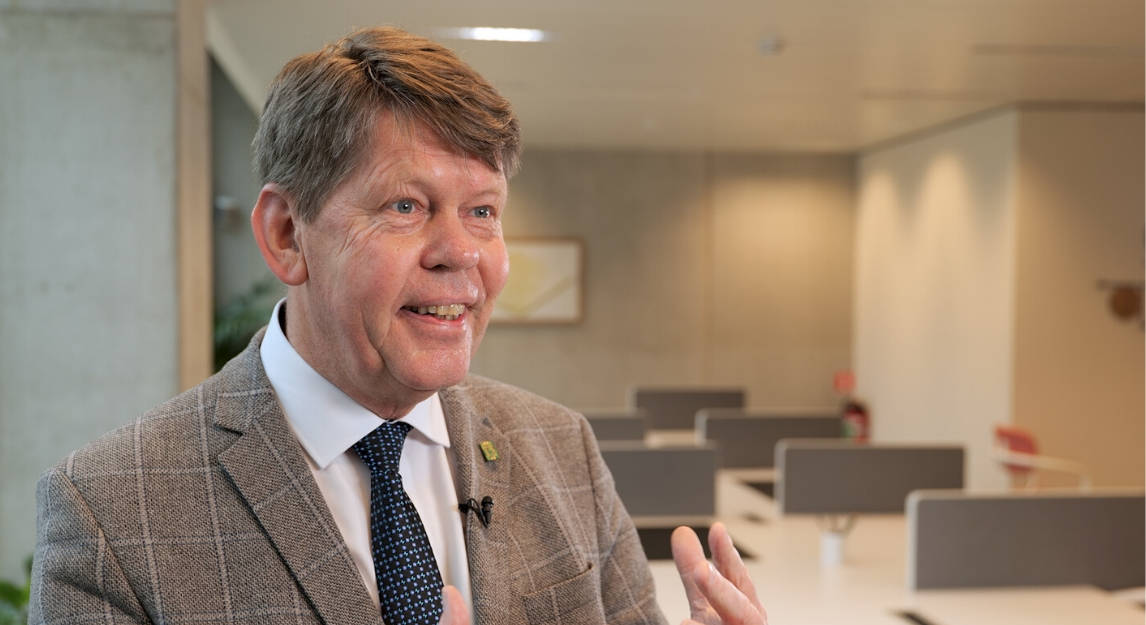
02 Apr Meet the Experts: Video interview with Chris Slijkhuis from recycling industry
Recycling plastics with Brominated Flame Retardants and the Circular Economy
Europe has 1.2 million tonnes of plastic from electronic waste that has to be recycled or disposed of each year. In this interview, Chris Slijkhuis, Board Member of the European Electronics Recyclers Association and Manager of MGG Polymers, explains the importance of Brominated Flame Retardants in plastics, the process of mechanical recycling, and why chemical recycling is a promising technology for the future of recycling plastics is an environmentally friendly way.
Electronic waste is mainly comprised of ferrous metals, non-ferrous metals, and plastics. Recycling this waste requires several unique processes to separate and reuse the different components that make up an appliance. While ferrous and nonferrous metals can be identified based on their colour and density which makes them easy to sort, recycling plastic waste, which generally makes up 20-25% of electric appliances, is far more complex. The large number of different plastics used in an appliance requires more sophisticated recycling.
“With plastics, it’s different,” Slijkhuis said. “All of the densities are overlapping each other so you cannot use just density, and colour doesn’t work either. You need to go at it in a different way.”
For plastics containing Brominated Flame Retardants and other non-target plastics, chemical recycling is a promising alternative to other disposal methods such as incineration. In chemical recycling, plastics are depolymerized to recover the original monomers, which can then be reused to make new REACH and RoHS compliant plastics.
“This is happening now and I think it’s a wonderful add on for the future of plastics recycling,” Slijkhuis said.




No Comments